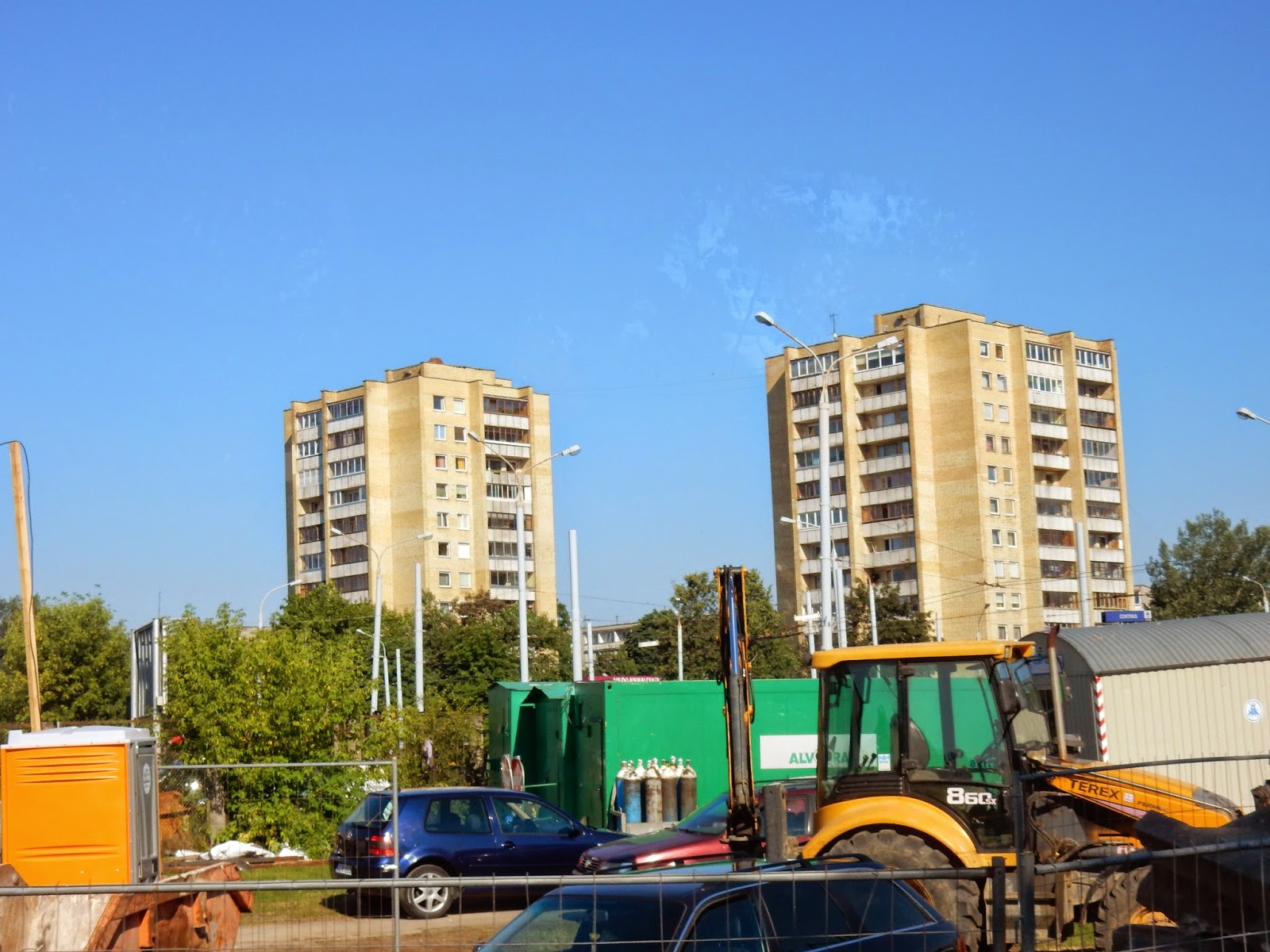Vilnius,
Lithuania
July
9-11, 2014
The
first Baltic tribes established themselves on Lithuanian territory in
the 2nd century BC , but it wasn't until
AD 1009 that the word “Lithuania” was first used and a wooden
castle was built on Gediminas Hill in Vilnius. Centuries of fighting
followed, but by the end of the 15th century and into the
16th the country was thriving...only to be fought over by
Sweden and Russia in the 18th century who both wanted
control of Vilnius. Political and religious dissent against Russian
control of the country marked the 19th century and the
century that followed saw continued fighting and bloodshed as
Lithuania was subject to both Russian and German occupation. Between
1941 and 1944, the Nazis organized the mass murder of over 200,000
Jews, 94% of the Litvak population and, after the war, with the
Russians back in control, 250,000 Lithuanians were sent to Siberia.
Opposition to Russian occupation was widespread and frequent military
presence was evident in an attempt to squash any movement for
independence. Although the Lithuanian flag was officially raised in
1988, the Russian government continued to send in troops; ultimately,
the Moscow putsch collapsed and in September, 1992, the three Baltic
countries of Lithuania, Latvia, and Estonia were recognized by the
United States and admitted into the UN as sovereign nations.
This is a country with a population which, for generations, was subject
to occupying powers and the killing of hundreds of thousands of
people...a country that dearly paid the price for freedom. My
paternal grandmother emigrated from Lithuania well over 100 years ago and,
for me, the days here were a continual exploration of whatever I
could see and feel that would bring me back in time and discover a
part of where I came from.
Old-town
Vilnius is absolutely charming with a sophisticated European feel
that I, honestly, wasn't expecting. I
spent many hours walking through what was once the Jewish Ghetto; the
cobble-stoned streets that had known gaiety and joy, only to be
darkened in 1941 when the ghetto became closed, forced labor for the
Germans was in place, and the deportation and annihilation of a
thriving Jewish community began in earnest. Where once the city had
100 synagogues and was called the "Jerusalem of the West", now there
is only one, the Choral Synagogue that I had the privilege of
visiting and praying in.
There are over 40 churches in Vilnius, many of them quite beautiful inside and out, so being known as the "City of Churches" is quite fitting. The architecture here is a composite of the old and the new; one feels the history of the past adorned with the flair of modernity. There's spirit here among the young people; they are the future; a generation born in freedom with the determination to succeed.





















No comments:
Post a Comment